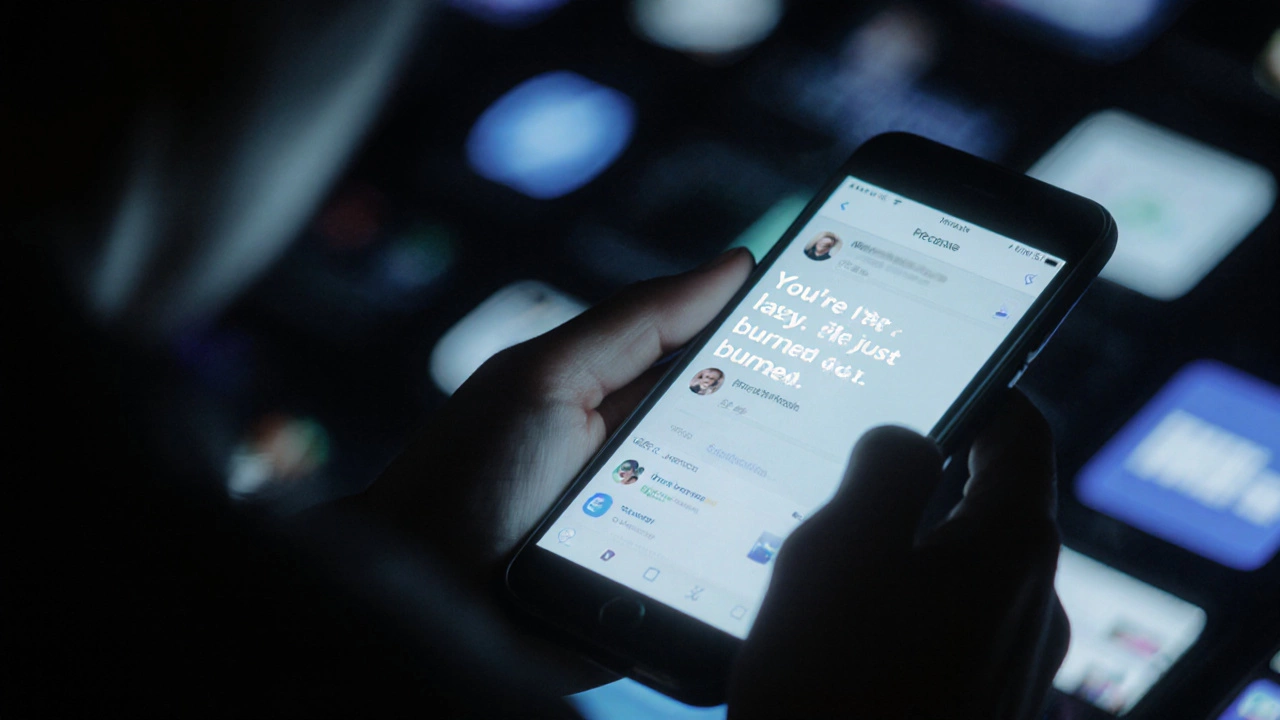Ever read a blog post and felt hooked before you even finished the first sentence? That’s not magic. It’s a catchy opening sentence at work. Most bloggers spend hours on structure, keywords, and design-but forget the most powerful tool they have: the very first line.
A catchy opening sentence doesn’t need to be poetic or clever. It just needs to make the reader stop scrolling. In a world where attention spans are shorter than a TikTok video, your first line is your only shot to say, ‘Stay here. This matters.’
Why the first line matters more than you think
Studies show readers decide whether to keep reading in under three seconds. That’s less time than it takes to sip your coffee. If your opening doesn’t grab them, they’re gone-no matter how good the rest of your post is.
Think about it: you’re not writing for yourself. You’re writing for someone who’s overwhelmed, distracted, and already scrolling past dozens of other posts. Your opening sentence has to cut through the noise. It’s not about impressing your friends or sounding smart. It’s about triggering curiosity, emotion, or recognition.
Take this example: ‘I lost my job and my dog the same week. Here’s what I learned about starting over.’ That’s not fancy. But it’s human. It creates instant empathy. You don’t know the person, but you feel like you already care.
What makes a sentence ‘catchy’?
A catchy opening isn’t about big words or complex grammar. It’s about psychology. Here’s what actually works:
- It creates curiosity - makes the reader wonder what comes next
- It triggers emotion - surprise, fear, joy, nostalgia
- It speaks directly to the reader - uses ‘you’ or ‘we’
- It challenges a belief - flips something people think they know
- It’s specific - vague is forgettable
Compare these two openings:
‘Blogging is a great way to make money online.’ - Boring. Generic. Everyone’s heard this.
‘I made $3,200 last month from a blog I wrote in one afternoon.’ - Now you’re curious. How? Why? What did they write? That’s a hook.
Five real examples of catchy openings (and why they work)
Here are actual openings from popular blogs in 2025 - and what makes each one stick:
- ‘You’re not lazy. You’re just burned out.’ - This flips the script. Instead of blaming the reader, it names a hidden truth. Instant recognition.
- ‘I tried to quit social media for 30 days. Here’s what my brain did instead.’ - Personal + unexpected outcome. Makes you want to know the twist.
- ‘Most ‘productivity hacks’ are lies. Here’s the one thing that actually works.’ - Challenges a common belief. Creates tension.
- ‘My 7-year-old asked me why I work so hard. I didn’t have a good answer.’ - Emotional + relatable. Makes you pause.
- ‘If you’re reading this, you’ve already failed at blogging.’ - Shock value. Makes you read on to prove them wrong.
Notice something? None of these are trying to sound smart. They’re trying to sound human.

How to write your own catchy opening sentence
Here’s a simple 3-step method anyone can use:
- Ask: What’s the one thing my reader is feeling right now? Are they frustrated? Overwhelmed? Hopeful? Confused? Name that emotion.
- Say it out loud like you’re talking to a friend. Don’t write for Google. Write for a person sitting across from you with a tired face.
- Then make it sharper. Cut filler words. Add a detail. Flip the expectation.
Example: You’re writing about time management.
Weak: ‘Managing your time is important for productivity.’
Strong: ‘You don’t need more hours. You need to stop doing the one thing that’s stealing your day.’
The second one doesn’t tell you what to do. It makes you want to find out what that one thing is.
What to avoid at all costs
Some openings are so common they’re invisible. Avoid these like the plague:
- ‘In today’s digital world…’ - No one cares. This phrase died in 2018.
- ‘Many people believe that…’ - Vague. Weak. Boring.
- ‘Welcome to my blog!’ - You’re not a radio host. Skip the greeting.
- ‘This post will teach you X.’ - Sounds like a textbook. Kill the promise. Show the pain instead.
These aren’t just clichés. They’re attention killers. They signal to the reader: I didn’t think this through.
Test your opening sentence before you publish
Before hitting ‘publish’, run this quick test:
Ask yourself: If someone saw this line alone on Twitter, would they click through?
If the answer is ‘maybe’ or ‘probably not,’ rewrite it.
Try this trick: read your opening sentence out loud. If it feels stiff, awkward, or like something you’d say in a meeting, it’s not good enough.
Good openings sound like something you’d say after a long day - raw, real, and slightly imperfect.
What happens when you nail it
When your opening sentence works, everything else gets easier.
Readers stick around longer. They comment. They share. They come back.
One blogger in London started using this method in early 2025. Her average time-on-page jumped from 42 seconds to 3 minutes and 17 seconds. Her email sign-ups tripled. Not because she changed her content. Just because she changed her first line.
That’s the power of a single sentence.
Your blog doesn’t need to be perfect. It just needs to start with a sentence that makes someone say: ‘Wait… tell me more.’
